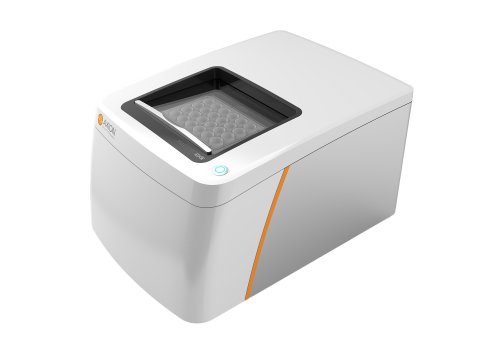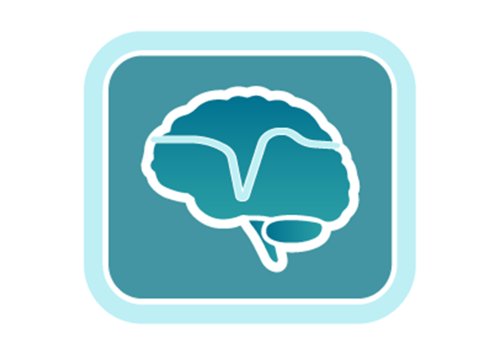Authors: Emmy Li, Camila Benitez, Steven C. Boggess, Mark Koontz, Indigo V.L. Rose, Delsy Martinez, Nina Dräger, Olivia M. Teter, Avi J. Samelson, Na’im Pierce, Erik M. Ullian, and Martin Kampmann
Neuron, 14 January 2025
Scientists use Axion BioSystems’ Maestro Edge MEA system to characterize advanced 3D cell models with no labels or dyes.
Determining the molecular mechanisms underpinning brain function is challenging due to the complexities of the human brain. In this study, scientists generated a 3D co-culture system of iPSC-derived neurons and glia, termed iAssembloids, and used them in a screening context to assess mechanisms of neuron-glia interactions. Researchers used Maestro Edge multielectrode array (MEA) to characterize iAssembloids, demonstrating that the advanced 3D cell models exhibited bursting and increased activity within 14 days in vitro compared to 2D monocultures. The authors then used a CRISPRi-based screen to determine genes associated with neuronal survival, finding iAssembloid-specific hits, suggesting iAssembloids could serve as an improved model for screening applications.


